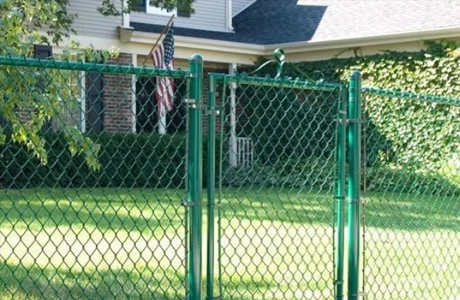small wire fence for garden
Creating a Small Wire Fence for Your Garden A Practical Guide
A garden is often a sanctuary for many of us, a space where we can unwind and connect with nature. However, without proper boundaries, gardens can easily become overrun with pests, stray animals, or even invasive plants. A small wire fence can be an effective solution to these problems while adding a decorative touch to your outdoor space. This article will guide you through the benefits and steps to create a small wire fence for your garden.
Benefits of a Small Wire Fence
1. Protection Against Animals One of the primary reasons to install a small wire fence is to protect your plants from animals. Small wire fencing can deter rabbits, squirrels, and other small critters that may seek to munch on your prized vegetables or flowers.
2. Garden Design A wire fence can enhance the aesthetic appeal of your garden. Available in various designs and styles, it can blend seamlessly with the surrounding flora. Whether you prefer a rustic look or a more modern appearance, a wire fence can contribute to your garden's overall charm.
3. Easy Installation and Maintenance Compared to wooden or stone fences, small wire fences are relatively easy to install and maintain. They can be set up quickly, and their lightweight material means that you won’t need specialized tools or heavy-duty equipment.
4. Cost-Effective Small wire fences are often more affordable than traditional fencing materials. This makes them an excellent option for gardeners on a budget who still want to create a defined boundary.
Steps to Create Your Wire Fence
small wire fence for garden

1. Plan Your Garden Layout Before purchasing materials, take some time to plan your garden layout. Determine the areas you want to protect and measure the dimensions. This will help you figure out how much wire fencing you will need.
2. Choose the Right Materials Select the type of wire fencing that best suits your garden. Common options include chicken wire, galvanized steel mesh, or welded wire fencing. Each type has its pros and cons, so consider factors such as durability, visibility, and the specific animals you need to deter.
3. Prepare the Ground Clear the area where you plan to install the fence. Remove any debris, rocks, or weeds that might interfere with the installation process.
4. Install Fence Posts Begin by setting up your fence posts. These can be made from wood or metal, depending on your preference. Make sure they are securely anchored into the ground and spaced evenly along your intended fence line.
5. Attach the Wire Fencing Once the posts are in place, start attaching the wire fencing. Pull the wire taut and secure it to the posts using staples, clips, or ties. Ensure there are no gaps at the bottom of the fence to prevent small animals from sneaking through.
6. Finishing Touches After installing the wire fence, consider adding decorative elements such as climbing plants, paint, or additional landscaping to enhance the overall look of your garden.
In conclusion, a small wire fence can be an invaluable addition to any garden. Not only does it provide essential protection for your plants, but it also adds character to your outdoor space. With a little planning and effort, you can create a beautiful, functional garden area that thrives. Happy gardening!
-
Space-Saving Chain Fence Hacks Vertical Gardening with Cyclone MeshNewsJul.16,2025
-
Innovations in Iron Nail Wire Production for Modern ConstructionNewsJul.16,2025
-
Creative Uses of Wire Netting Fence in Modern Landscape DesignNewsJul.16,2025
-
Barbed Wire Fence Innovations in Anti-Climb TechnologyNewsJul.16,2025
-
Architectural Uses of Umbrella Nails for Aesthetic Roof DesignsNewsJul.16,2025
-
Architectural Uses of Razor Barbed Wire in Secure Urban DesignNewsJul.16,2025




